#Mercury XM-Turnpike Cruiser
Explore tagged Tumblr posts
Text

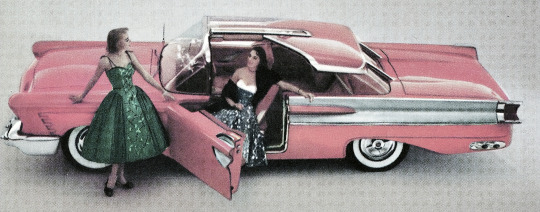
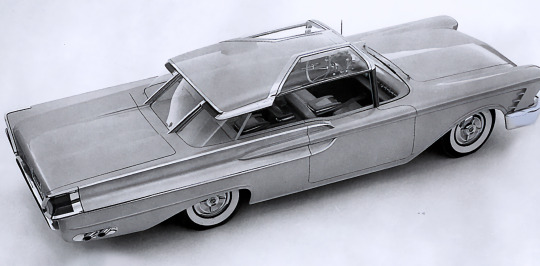
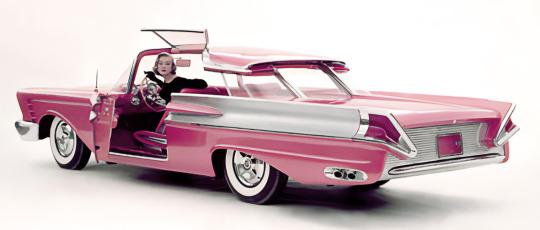
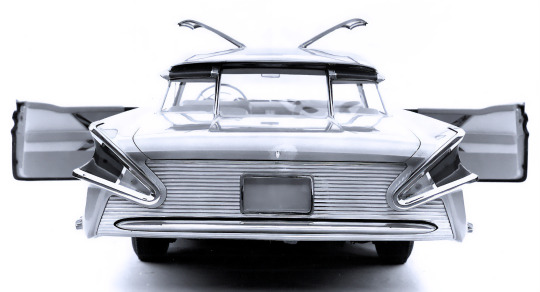
Mercury XM-Turnpike Cruiser Concept, 1956. A a luxury coupe show car with twin transparent roof panels that flipped up when the doors were opened. Inspired of the Interstate Highway System, the Turnpike Cruiser Concept was designed with fast, long distance driving in mind. The series production Turnpike Cruiser of 1957 toned down all of the concepts styling features
#Mercury#Mercury XM-Turnpike Cruiser Concept#Mercury XM-Turnpike Cruiser#1956#concept#design study#prototype#show car#dead brands#1950s#1950s style
344 notes
·
View notes
Text



1956 Mercury XM Turnpike Cruiser Concept
My tumblr blogs:
www.tumblr.com/germancarssince1946 & www.tumblr.com/frenchcarssince1946 & www.tumblr.com/englishcarssince1946 & www.tumblr.com/italiancarssince1946 & www.tumblr.com/japanesecarssince1947 & www.tumblr.com/uscarssince1935 & www.tumblr.com/swedishcarssince1946
25 notes
·
View notes
Text









1956 Mercury XM Turnpike Cruiser Concept Car
105 notes
·
View notes
Text

Mercury XM Turnpike Cruiser Concept 1956. - source Amazing Classic Cars.
50 notes
·
View notes
Text

Mercury XM Turnpike Transport Cruiser 1956
Ford Motor Company created the Mercury brand in 1939 as a higher-priced companion to the Ford, aiming to compete with mid-priced offerings from other manufacturers, before phasing it out in 2011.
2 notes
·
View notes
Text
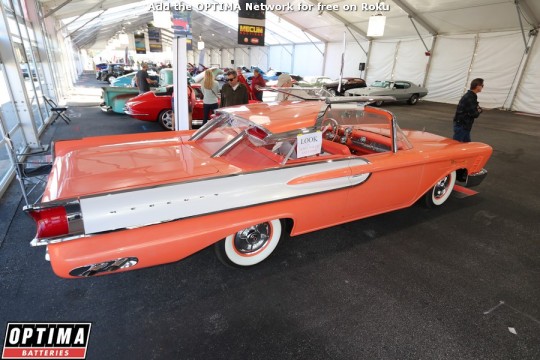
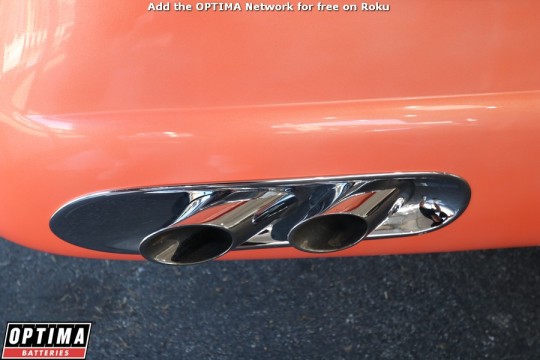


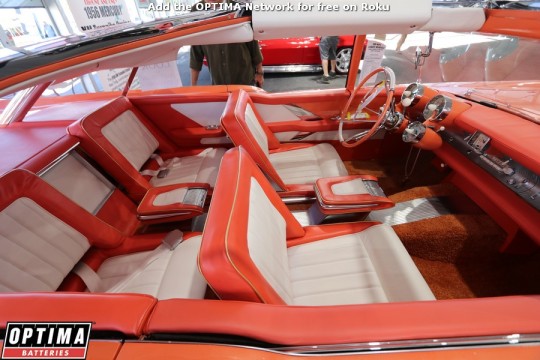
Comprehensive restoration completed in 2022
Designed by Mercury and Constructed in Italy by Ghia in 1955 utilizing a 1954 Ford F250 chassis
Finished in 1956 factory color Persimmon with Pearlescent topcoat
Double fin coves that wrap around the taillights are painted Pearl White over brushed chrome
The car toured the country in a custom trailer with a turntable and glass paneling
Shown at the 1956 Cleveland auto show followed by the Detroit, Chicago and New York auto shows
Used as the pace car at the Daytona Beach Grand National Race on February 17, 1957
After it was shown the car was parked outside Ford and passed through several owners falling into disrepair before being acquired and restored by the seller from 2017 to 2022
Transparent butterfly roof panels that open and close automatically with the doors
Unique exhaust ports on lower rear quarter panels
Stoplights mounted under the rear roof corners
Front turn signals mounted behind the grille under the headlights
Unique 'Big-M' hood ornament
Concealed outside door handles
Split front bumper with twin jet pods
Leather interior including headliner and dash
Four individual bucket seats with seatbelts and dual center consoles
Space age instrument cluster with tachometer
Power windows, as this was a concept vehicle the unique design of the windows do not seal weather-tight
Unique Turnpike Cruiser valve covers
Power brakes and steering
Estimated 6,000 hours invested in restoration back to original condition
1956 Mercury XM Turnpike Cruiser concept car at the Mecum Auction in Kissimmee 2023
6 notes
·
View notes
Text

1957 Mercury Turnpike Cruiser
youtube
1957 Mercury Turnpike Cruiser and 1956 XM Turnpike Cruiser concept car
51 notes
·
View notes
Text

mercury xm-turnpike cruiser, 1956
1 note
·
View note
Photo



Mercury XM-Turnpike Cruiser, 1956
225 notes
·
View notes
Text










1956 Mercury XM Turnpike Cruiser
196 notes
·
View notes
Text

Mercury XM Turnpike Cruiser Concept 1956. - source Amazing Classic Cars.
54 notes
·
View notes
Text

Neglected 1956 Mercury XM Turnpike Cruiser restored to mint condition - Detroit Free Press http://dlvr.it/SVNQ88
0 notes
Photo

1957 Mercury Turnpike Cruiser and 1956 XM Turnpike Cruiser concept car #Uncategorized #automotorvideo #followme
1 note
·
View note
Photo

It’s been a long time since the highway breezes flowed through this old Mercury, off the road since the 1980s. 1966 marked the end of the road for Mercury’s “Breezeway” sedans, and by in large the end of reverse-rake roofs, which first appeared on a variety of concepts in the early 1950s but faded away after the mid-1960s. The design idea really came from Packard, but it was Ford who put it into production and stuck with it. On small cars like Ford’s own 105e Anglia and Consul Classic, it offered distinct packaging advantages, but on domestic Lincolns and Mercuries, it was mostly about style and ventilation in an era before standard A/C. So what’s a “Breezeway?” In architectural terms, it’s a passage that allows wind currents to pass between buildings. In cars, the idea started with Dick Teague, later of AMC fame, who styled 1953’s Packard Balboa X show car. Built atop the Packard Caribbean convertible, it featured a formal roof with a reverse rake backlight. Similar ideas were developed around the same time by Alex Tremuilis (of Tucker and Ford), but according to William F. Mitchell, president of body supplier Mitchell-Bentley, which built the Balboa X, that car’s rear window was designed to retract into the body. Packard couldn’t develop it and sold the rights to Ford. One more Packard with the concept appeared, 1956’s Packard Predictor, also by Teague, but it would be Ford that developed it. 1956’s Mercury XM-Cruiser concept previewed Ford’s interpretation, and reverse-rake backlights debuted on the 1957 Mercury Turnpike Cruiser, followed by the 1958 Lincolns and then 1959’s Ford Anglia. But the big cars were poorly received thanks to the Eisenhower recession, and the U.S. Breezway went on hiatus. After Mercury’s time as a stand-alone division cratered, the 1961-62 Mercs were very conservative. 1963 brought a bold restyle and the return of the Breezeway as a differentiator and premium feature. The retracting rear window drew in fresh air and expelled it. It looked interesting, too, but was never hugely popular, and once modern flow-through ventilation happened, it was outmoded. 14,174 1966 Monterey Breezeways were built in the car’s final outing. https://www.instagram.com/p/CKKDFOiF-AX/?igshid=1v7119ej0cghg
1 note
·
View note

